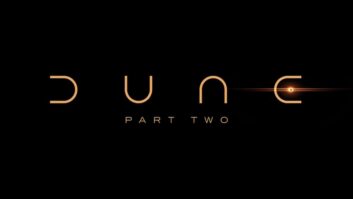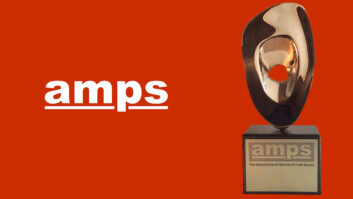
Another reason to acquire a company may be to solidify a supply chain. This was how, during my time leading Radial, we acquired Jensen Transformers. We began our relationship with Jensen in the early ’90s as its Canadian distributor. With the development and eventual success of the Radial JDI, our purchasing soon outpaced Jensen’s ability to deliver. We had two choices: We could either find new sources, or help Jensen to deliver more by funding them.
As a manufacturer, part delivery is the blood of the organization, the point being that no matter how good the product, if you cannot deliver, you cannot grow. To fulfill our needs, we approached companies that had done assembly work for Jensen before it brought production in-house. We quickly discovered that maintaining Jensen’s incredible legacy of delivering spectacular product was much easier said than done. Using another transformer winding house, we had built and shipped products with hundreds of transformers to Europe for the Olympic Games in Russia, only to discover that all of the transformers had problems. This, of course, pushed me over the edge and was the impetus I needed to work out a deal to buy Jensen.
With investment funds in hand, Jensen was able to purchase more raw goods. We then set about working with its team to improve planning and cleaning up systems. These changes took about a year to implement, but once they were done, production increased and deliveries improved dramatically.
It is important to note that if and when you do decide to acquire a company, everyone will be nervous about keeping their jobs. You cannot instantly bring in new people or implement new processes, as they will cause disruption. A better approach is to take your time and gain the confidence of their employees; stability is crucially important in these situations.
After Jensen, we acquired Hafler. In the ’90s, we were also the Hafler distributor in Canada. Back then, we would sell pallet-loads of studio amps before the advent of self-powered monitors. We already knew the folks who owned the brand and knew that they had mothballed it. Although the market for studio amps was limited, I felt the brand had value. Walking into a shop with a Radial power amp seemed to me a lot less intriguing than taking advantage of David Hafler’s tremendous 50-plus-year legacy. David Hafler began his career with the Dynaco brand, producing what would become the most successful tube amplifier of all time. I thought that maybe, just maybe, I could bring Hafler and Dynaco together to bring both of these brands back to life and then produce power amplifiers for studio, home Hi-Fi and the AV contractor market. That is exactly what I did. We managed to buy the Dynaco brand a few years later, and began our quest to produce three families of amplifiers along with other accessories.
Because each of these acquisitions happened over time, I was able to fund each one myself without having to get outside investors. When I sold, I decided to exit the same day that the deal was signed, because I knew that after running my own show for over 25 years, I simply did not have the DNA makeup to play second fiddle.
This brings me to another Aha Moment: It is sometimes argued that if retirement is in the horizon, growth may not be the end goal. I totally disagree. Preparing for exit is in fact a very important part of a growth strategy. The value in a company comes from a number of pointers such as brand strength, profitability, distribution channels, future growth potential and the stability of your management team. The last thing you want to do is show a potential buyer that sales are on the decline. Preparing a company for sale can take upwards to three years, but it is well worth the effort!







